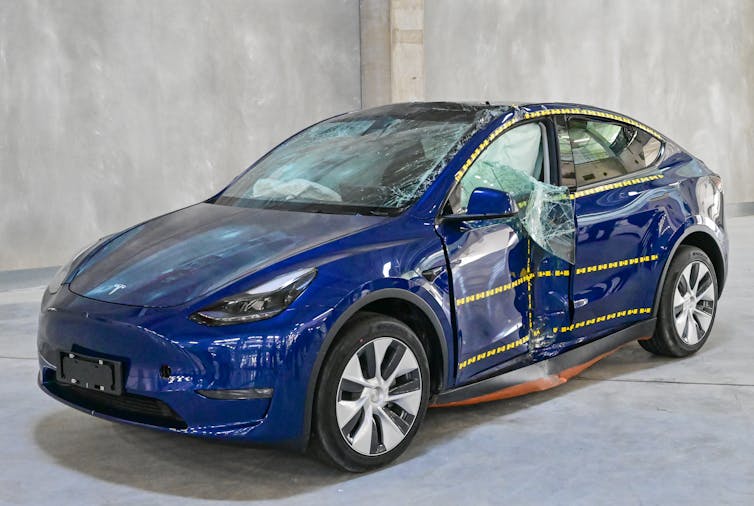
The future of automobiles is electric, but many people worry about the safety of today’s electric vehicles.
Public opinion about EV crash safety often hinges on a few high-profile fire incidents. Those safety concerns are arguably misplaced, and the actual safety of EVs is more nuanced.
I’ve researched vehicle safety for more than two decades, focusing on the biomechanics of impact injuries in motor vehicle crashes. Here’s my take on how well the current crop of EVs protects people:
The burning question
EVs and internal combustion vehicles undergo the same crash-testing procedures to evaluate their crashworthiness and occupant protection. These tests are conducted by the National Highway Safety Administration’s New Car Assessment Program and the Insurance Institute for Highway Safety.
These analyses use crash test dummies representing midsize male and small female occupants to evaluate the risk of injuries. The tests can evaluate fire hazard either caused by thermal runaway – when lithium-ion batteries experience rapid uncontrollable heating – in ruptured EV batteries or gas tank leaks of internal combustion vehicles.
None of the Insurance Institute for Highway Safety crash tests of EVs have sparked any fires. New Car Assessment Program crash test reports yield comparable findings. While real-world data analysis on vehicle fires involving EVs is limited, it appears that media and social media scrutiny of EV fire hazard is blown out of proportion.
Weighty matters
What stands out about EV safety is that crash test results, field injury data and injury claims from the Insurance Institute for Highway Safety all reveal that EVs are superior to their internal combustion counterparts in protecting their occupants.
This EV advantage boils down to a blend of physics and cutting-edge technologies.
Thanks to their hefty battery packs positioned at the base of the car, EVs tend to carry considerably more weight and enjoy lower centers of gravity than conventional vehicles. This setup drastically reduces the likelihood of rollover accidents, which have a high rate of fatalities. Moreover, crash dynamics dictate that in a collision between two vehicles, the heavier one holds a distinct advantage because it doesn’t slow down as abruptly, a factor strongly linked to occupant injury risks.
On the technology side, most EVs represent newer models equipped with state-of-the-art safety systems, from advanced energy-absorbing materials to cutting-edge crash avoidance systems and upgraded seat-belt and air-bag setups. These features collectively bolster occupant protection.
Where risks do rise
Unfortunately, EVs also present numerous safety challenges.
While the inherent weightiness of EVs offers a natural advantage in protecting occupants, it also means that other vehicles bear the burden of absorbing more crash energy in collisions with heavier EVs. This dilemma is central to the concept of “crash compatibility,” a well-established field of safety research.
Consider a scenario in which a small sedan collides with a heavy truck. The occupants in the sedan always face higher injury risks. Crash compatibility studies measure vehicle “aggressivity” by the level of harm inflicted on other vehicles, and heavier models are almost always deemed more aggressive.
In addition, the increased energy associated with impacts from heavier EVs, particularly electric pickups, poses significant challenges for highway guardrails. Moreover, EVs – especially those operating silently at low speeds – pose increased risks to pedestrians, bicyclists and others who may not hear the EVs approach.
Better technologies, better safety
While EVs offer safety advancements for their own occupants, it’s crucial to acknowledge and tackle the safety concerns they pose for others on the road.
I believe that technological advancements will serve as the primary catalyst for overcoming the safety hurdles faced by EVs. Lightweight materials, more powerful sensing technologies and safety algorithms, improved seat belts and better air bags will play pivotal roles in addressing these challenges.
Moreover, the tight connection between EVs and rapidly evolving computing capabilities is likely to foster the development of new safety technologies.![]()
Jingwen Hu, Research Professor of Mechanical Engineering, University of Michigan
This article is republished from The Conversation under a Creative Commons license.


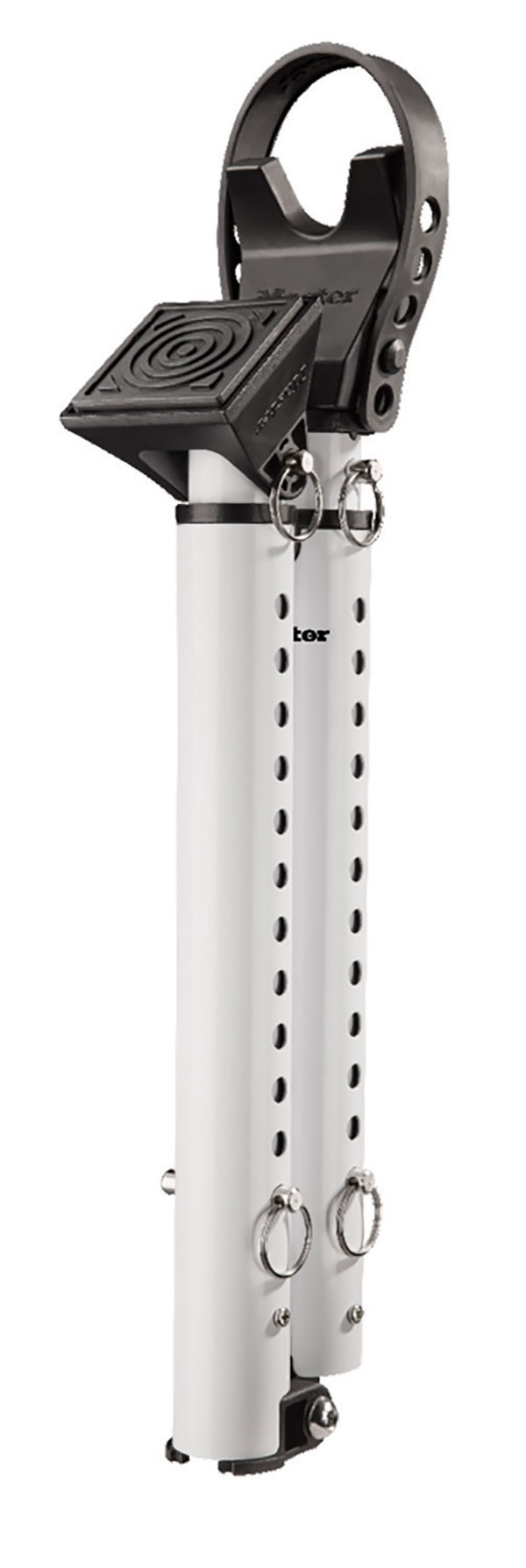
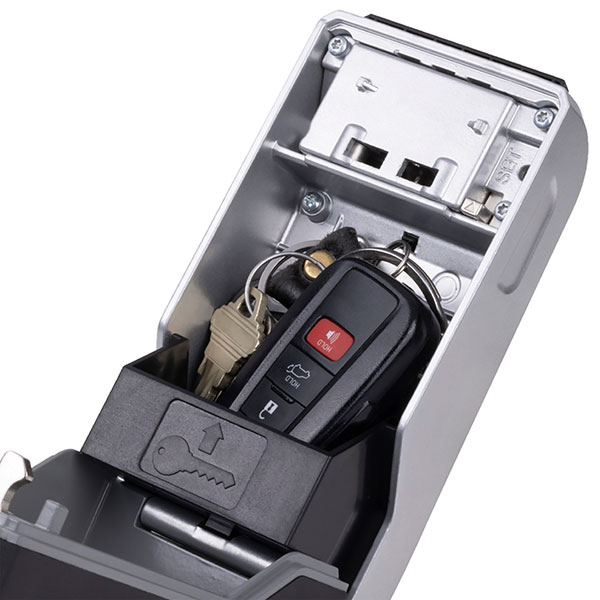
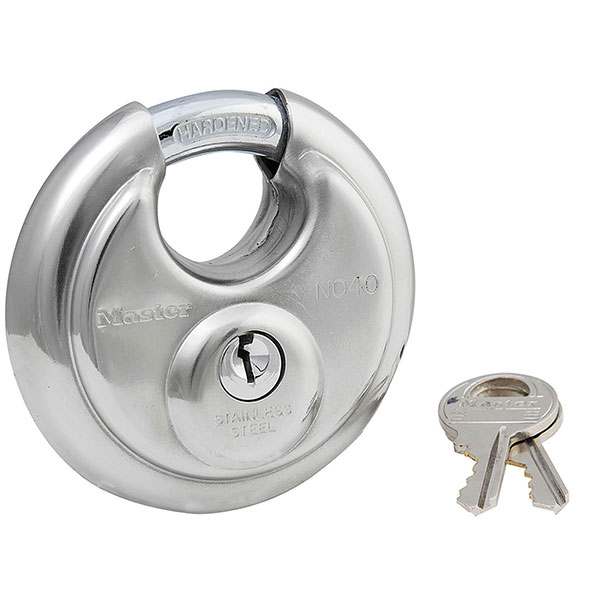




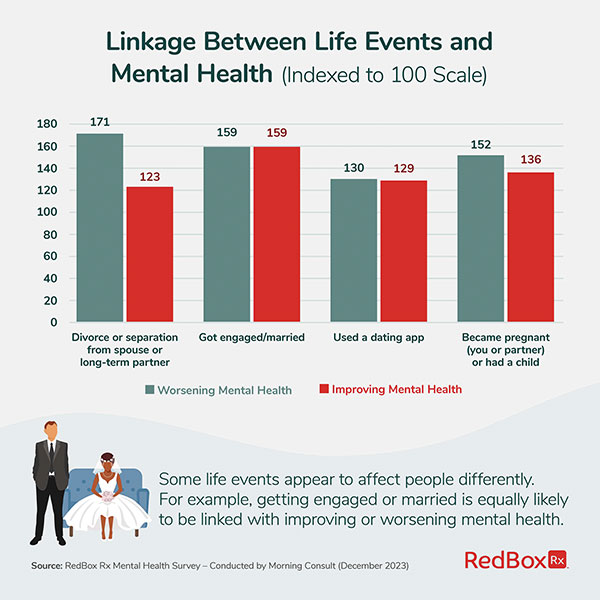 1. Younger Generations are More Likely to Report Mental Health Struggles, Worsening Mental Health
1. Younger Generations are More Likely to Report Mental Health Struggles, Worsening Mental Health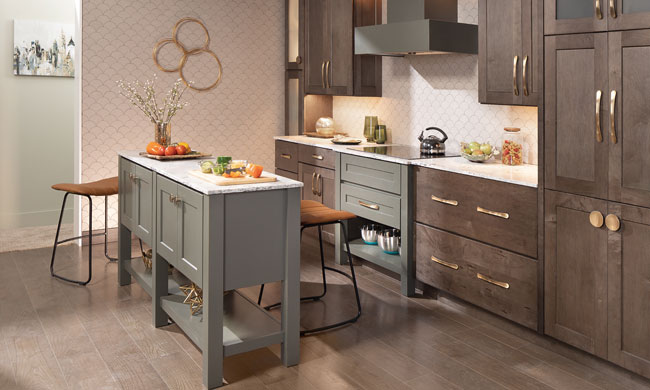
 Painted cabinets had their moment, but the latest designs are revealing a movement back toward warm wood grains, specifically oak. As trends continue to shift toward embracing natural elements, as well as exploring diverse color palettes, cabinet manufacturers are constantly innovating to meet the demands of consumers and design professionals alike.
Painted cabinets had their moment, but the latest designs are revealing a movement back toward warm wood grains, specifically oak. As trends continue to shift toward embracing natural elements, as well as exploring diverse color palettes, cabinet manufacturers are constantly innovating to meet the demands of consumers and design professionals alike.
 Allergies: Pets can be affected by many of the same allergens as humans, including grass, pollen and other vegetation that is more prevalent during warmer months. Watch for signs of trouble such as scratching, chewing, watery eyes and general discomfort. Veterinarians can offer advice on allergy support and supplements appropriate for your pet’s age, breed and size.
Allergies: Pets can be affected by many of the same allergens as humans, including grass, pollen and other vegetation that is more prevalent during warmer months. Watch for signs of trouble such as scratching, chewing, watery eyes and general discomfort. Veterinarians can offer advice on allergy support and supplements appropriate for your pet’s age, breed and size.









